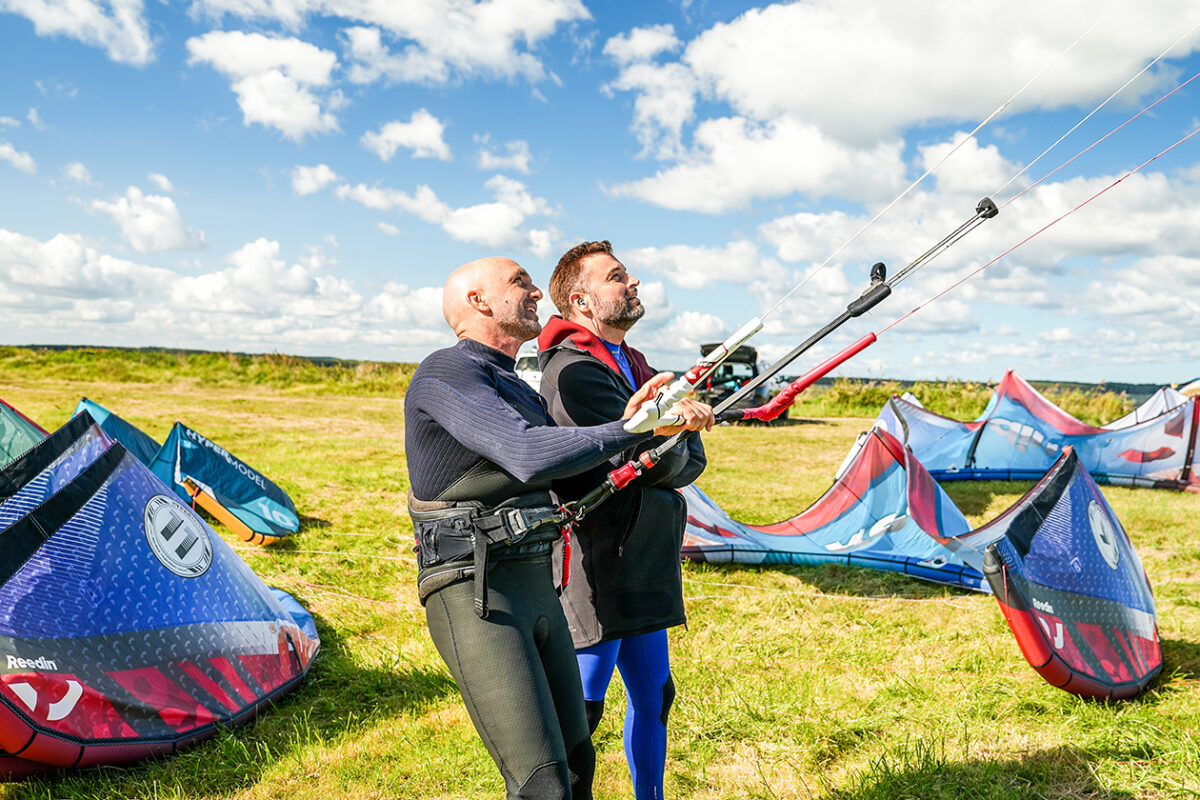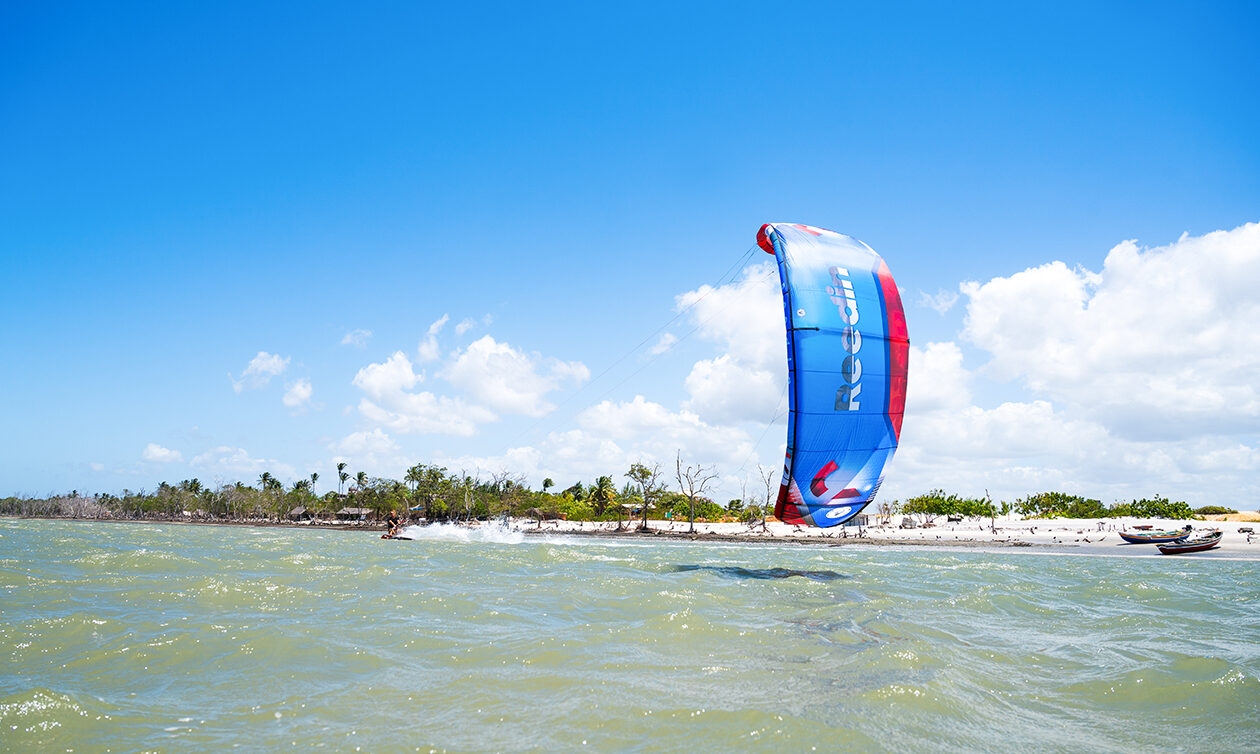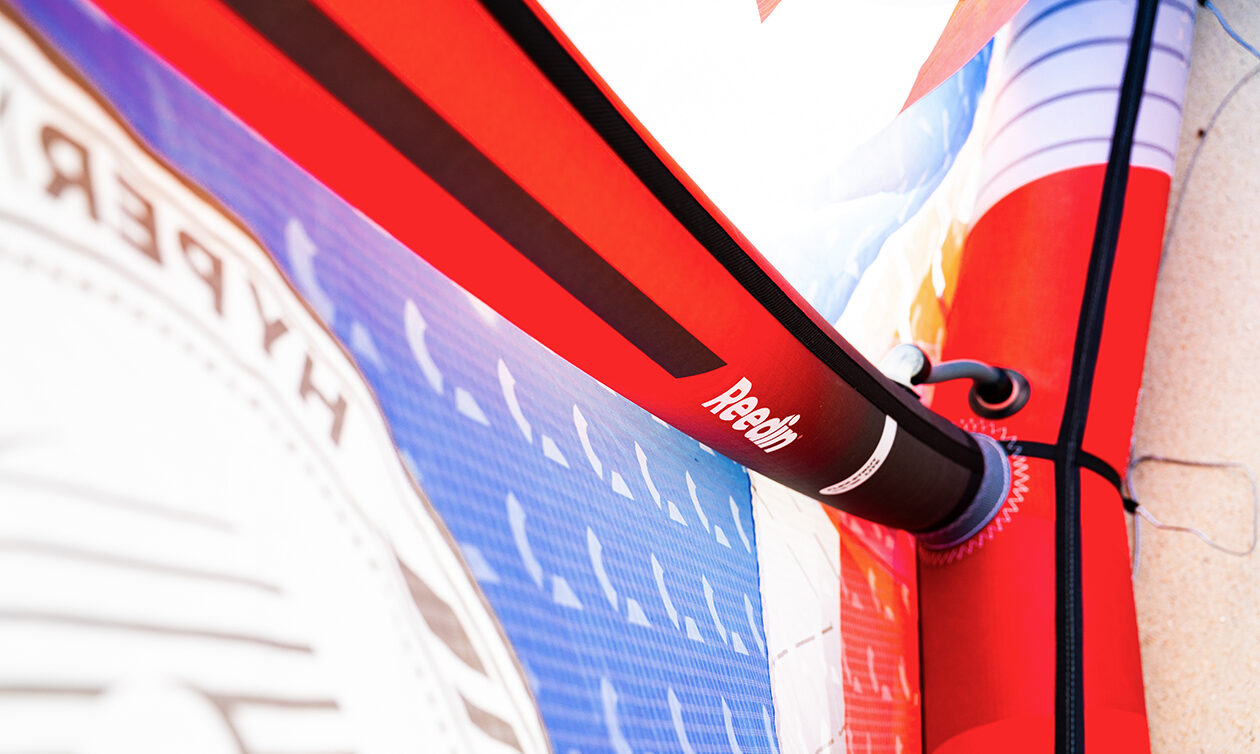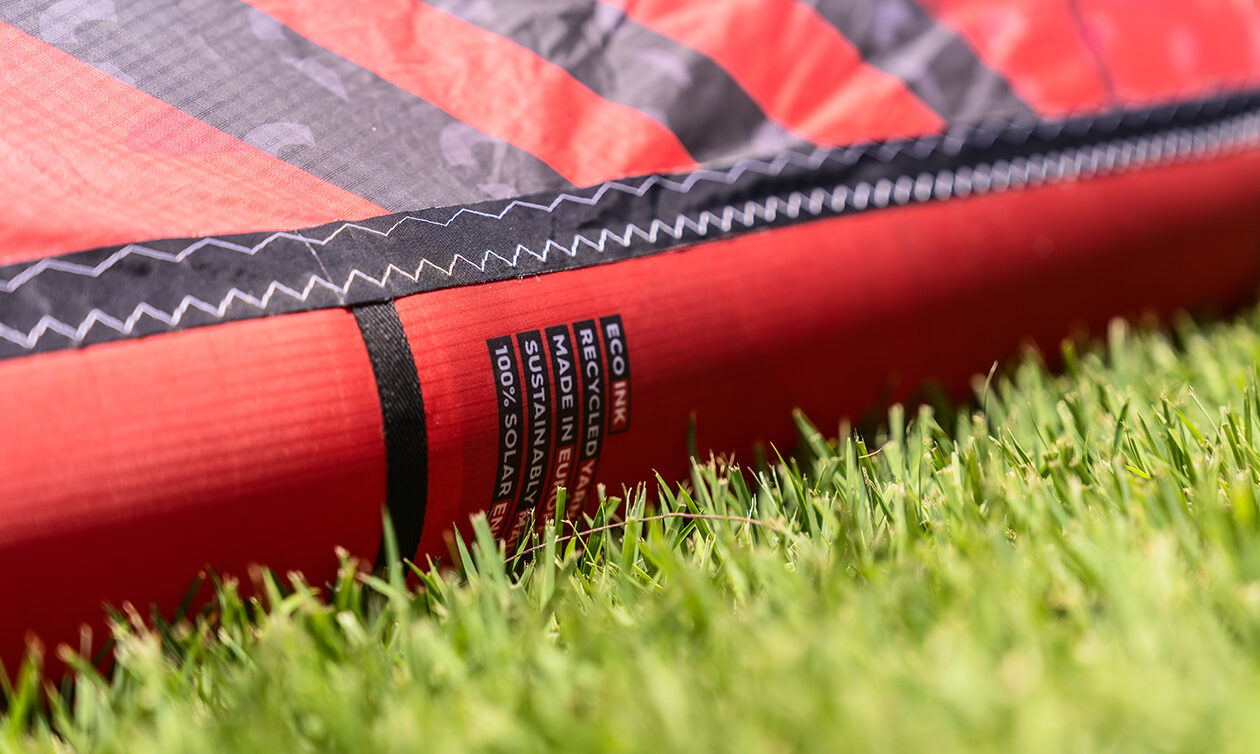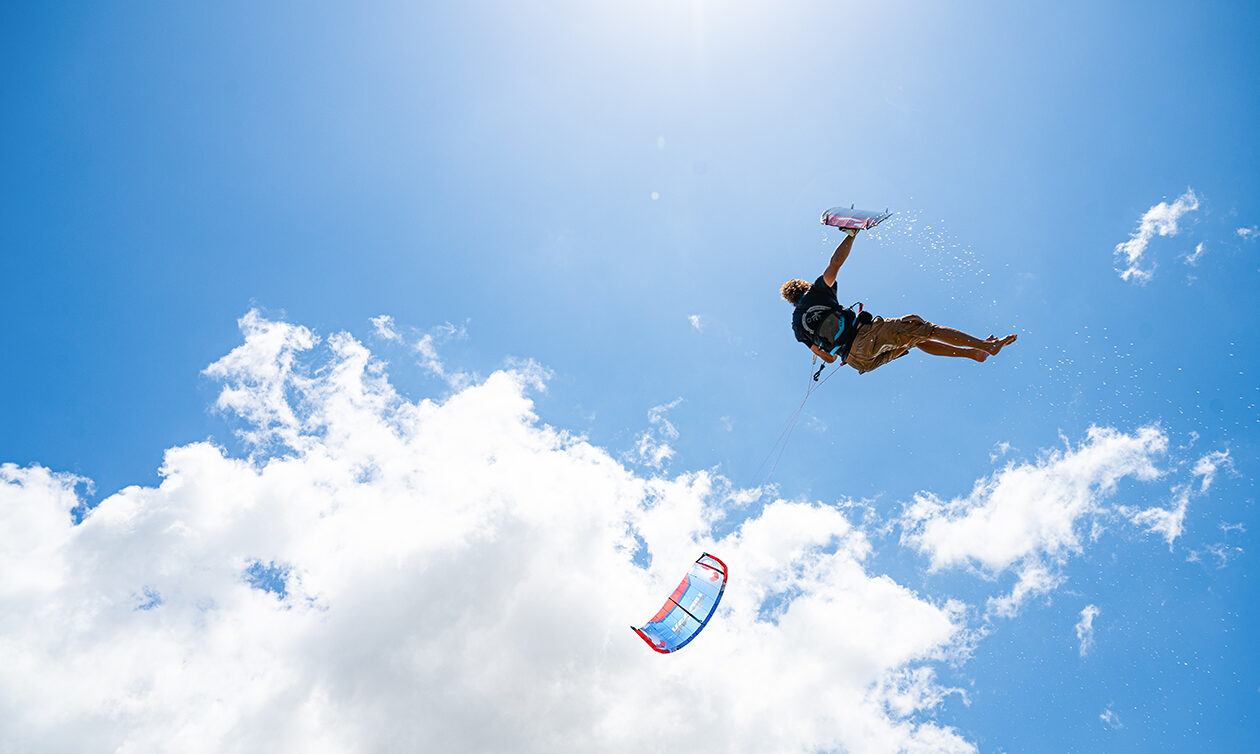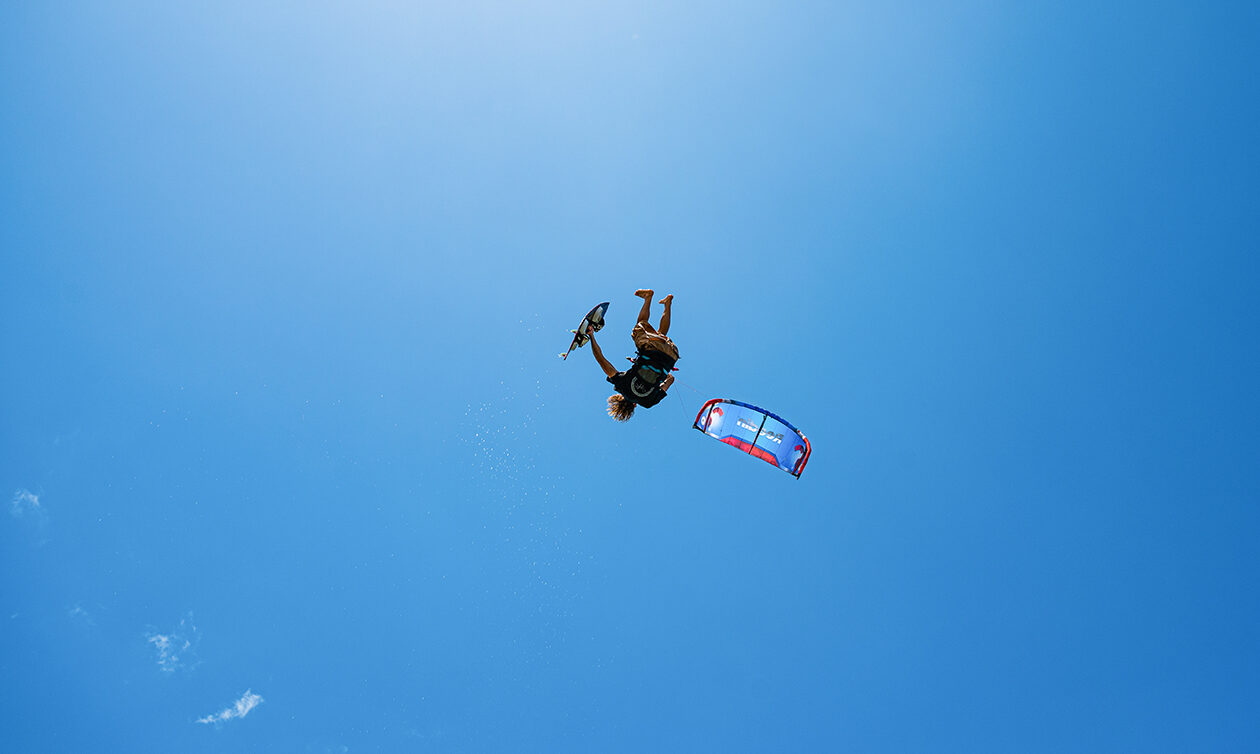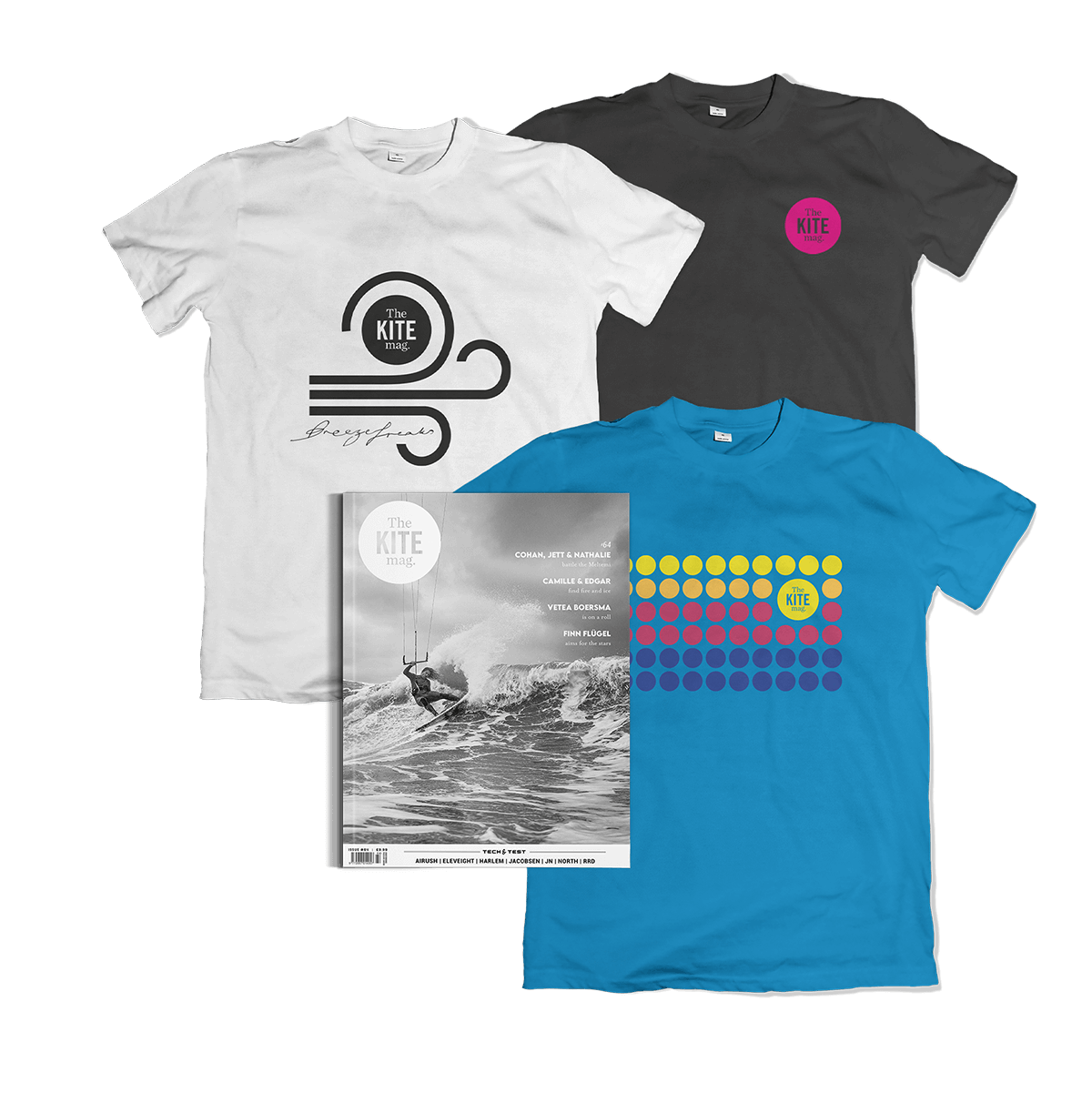So… You’ve just released the first kite you’ve collaborated on together, HyperModel, which is very different to Reedin’s previous HyperModel constructed with Aluula. Why the radical change Damien?
When we first tested the latest HyperModel in South Africa with Kevin and our team rider Parker Sage, Kevin didn’t really know the kite and I didn’t even tell Parker it was a Reedin kite – there was no logo on it and being a Brainchild construction it looked different to the rest of our range – so he had no idea what it was. It is always my goal when testing that I don’t tell people what to expect from a kite. So it was funny that straight away they could feel that it was a different kite to HyperModel made with Aluula. They both felt the performance had really improved. I knew then that the collaboration with Brainchild really pushed the level compared to what we could have achieved individually.
So it was yourself, Ralf, Kevin and Parker involved in testing HyperModel?
Yes Kevin of course, and Parker had a lot of involvement. Over the past few years I’ve worked a lot with Parker on designing kites as he’s on Oahu while I’m on Maui and we meet up in Hood River as well. Parker is a good rider to have involved as HyperModel will be our competition kite and he will use it in King of the Air and that makes him that more motivated to have the absolute best kite possible. Marius Sanchez was also involved in helping test the early prototypes. It was really a collaborative process, all of us working on it together.
And what is it about the new HyperModel that makes it such a special kite?
The main feature to note is that it is made with PROWELD construction. This means the leading edge segments are welded together instead of being stitched together. Welding saves a lot of weight at every segment because you don’t need the surplus material and reinforcement where the stitching would normally be. And with there being a number of segments in the kite, accumulatively quite a bit of weight is saved. I’ve been trying to make kites lighter for several years and there’s a limitation to how light you can make a kite. Then PROWELD goes and breaks that barrier and you save 300 to 400 grams on a kite, just like that – that’s really amazing! You can feel that weight saving as soon as you launch the kite – it flies in less wind and has less inertia in the turns, making it respond faster to bar input to change direction instantly.
PROWELD construction also allows you to remove the stiff connection between two segments, which means the kite actually twists better. It’s almost like having one piece of material the whole way along the leading edge. All the turning of a kite starts with the twist of the kite and PROWELD makes this so much better. Another thing to note is that the canopy material we’re using, Hardflyte, is a stiffer canopy and helps hold the profile better, so the kite flies further forward into the wind window and when you do a kiteloop it goes behind you better and goes through the air faster.
We got to test HyperModel in Tarifa at your annual dealer meeting so would agree! It also looks very different graphically to the previous model.
Yes visually you’ll notice that HyperModel is digitally printed instead of silkscreened like we usually do. Digital printing is a more sustainable approach because it requires a lot less solvent and a lot less water, about five times less water than normal. It also allows for more graphic options which in a way can make design choices harder as there are no rules!
You proudly call SuperModel your do-it-all kite suitable for all riders for all disciplines. What about the new HyperModel – what riding style is this aimed at?
The target of HyperModel is the same, to have a kite that does it all, but at a higher performance. It will help you jump high and it turns fast which is good for kiteloops, but that is also an advantage for foiling in light wind and for wave riding. Being on the faster side, I would not say this is a kite for everybody, especially in the smaller sizes when you need to be precise with your technique. So it’s not a kite for beginners but will suit those who are looking to improve their skill level as it naturally pushes your level.
Ralf, you must have been proud to see HyperModel launch. Do you think it will do well for Reedin?
Every product is shaped by the sum of its variables, and HyperModel brings together all the right elements to appeal to a broad spectrum of riders aiming to elevate their skills. In my opinion, this kite has the potential to not only satisfy loyal Reedin customers but also attract riders from other brands. HyperModel stands out for its incredibly playful feel, encouraging riders to push their limits, just as Damien aptly described. It’s a kite designed to inspire confidence and progression.
Damien, the rest of your new range comes out in a few months. Have you been collaborating with Brainchild on any of the new kites?
Ralf was less involved with our new SuperModel that will come out, I was leading on it. But I couldn’t unlearn what I’d learned once we started working together! So of course I’ve put some of what I learned from designing HyperModel into our new SuperModel, and Ralf did have some input because ultimately he wants Reedin to succeed and wants to help make better products and push the sport. The jump from Supermodel HTF to HTF 2 was a big step forward so I wasn’t sure where I would go to improve on that. But implementing the things that Ralf and I worked on, and also with the input from Parker and other team riders, our new SuperModel is another major leap forward, but more on that in a few months. We’ve also collaborated on a brand-new kite that we’re all very excited about, so stay tuned!
